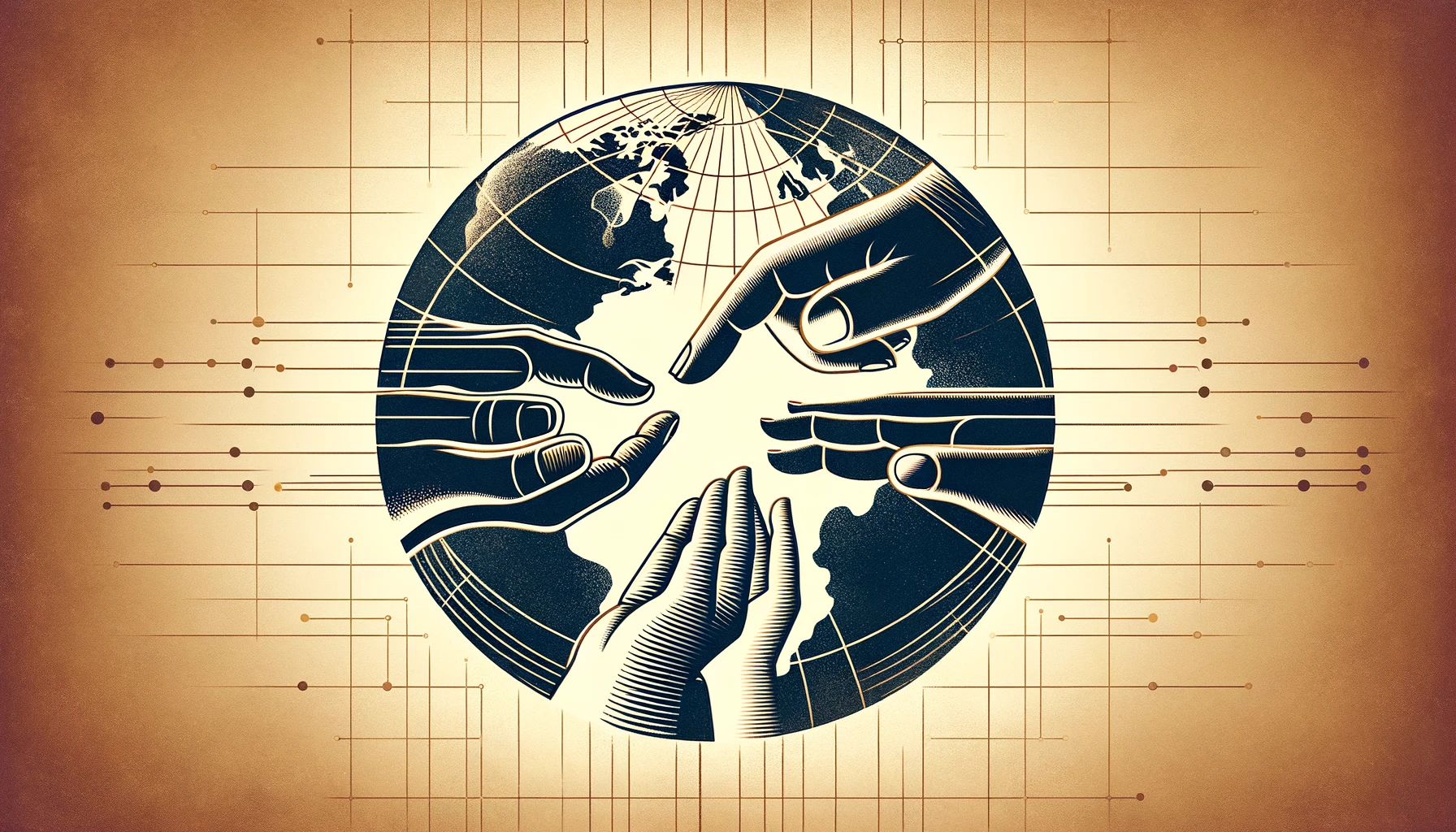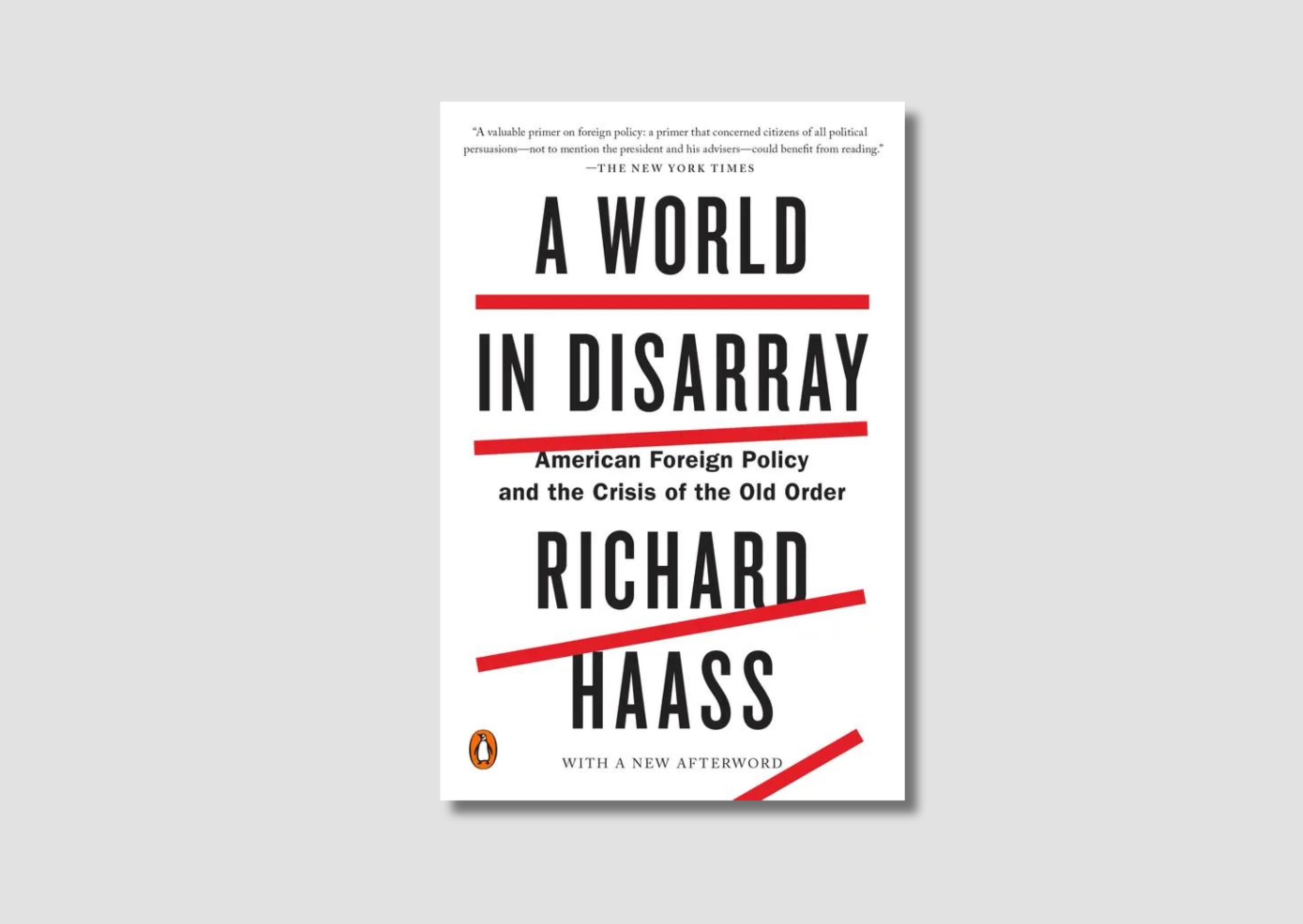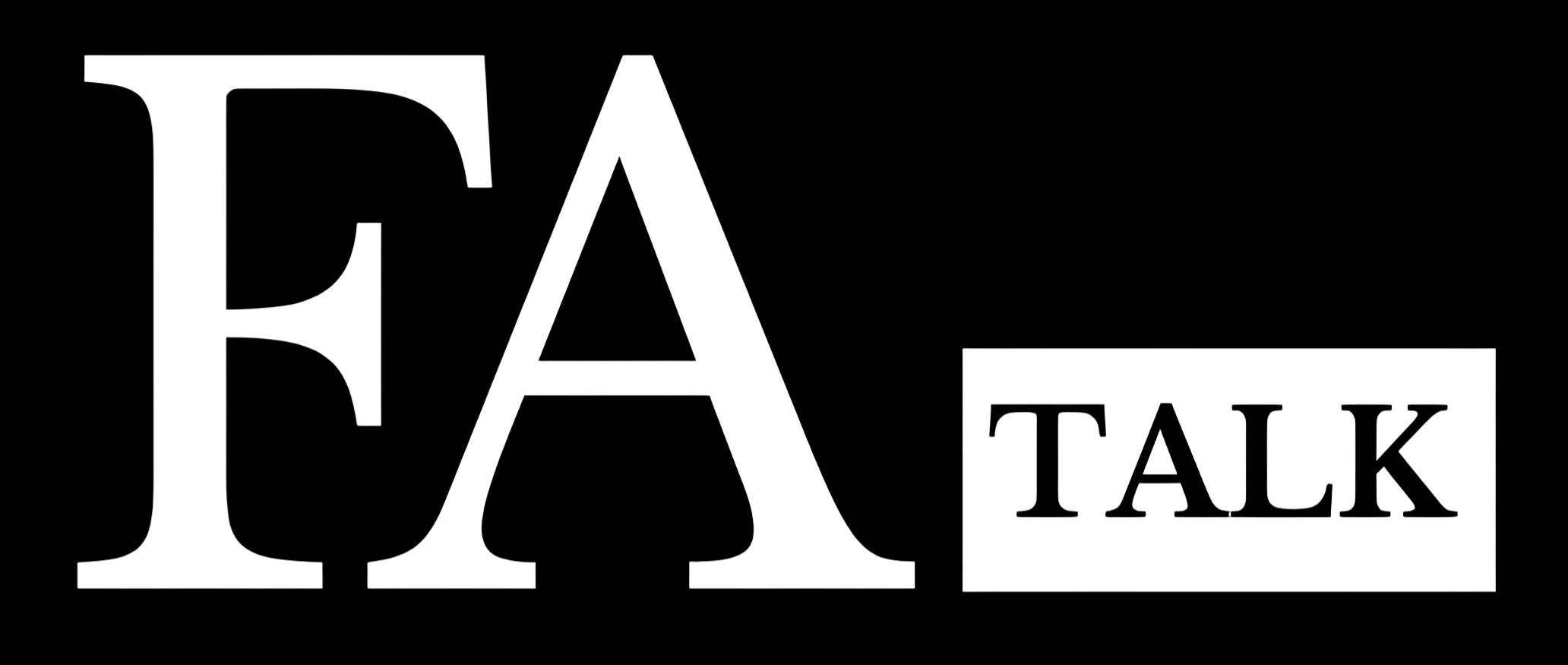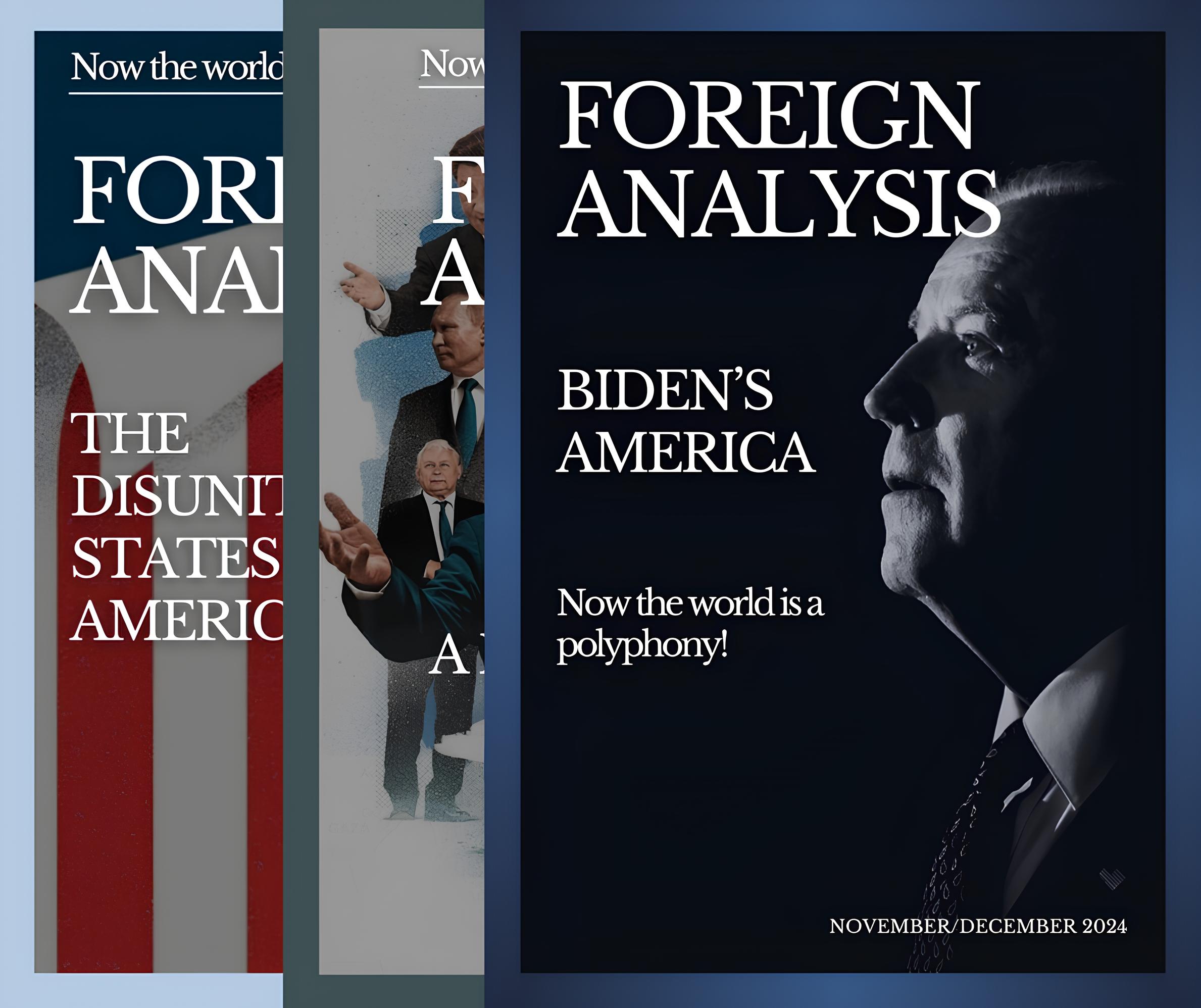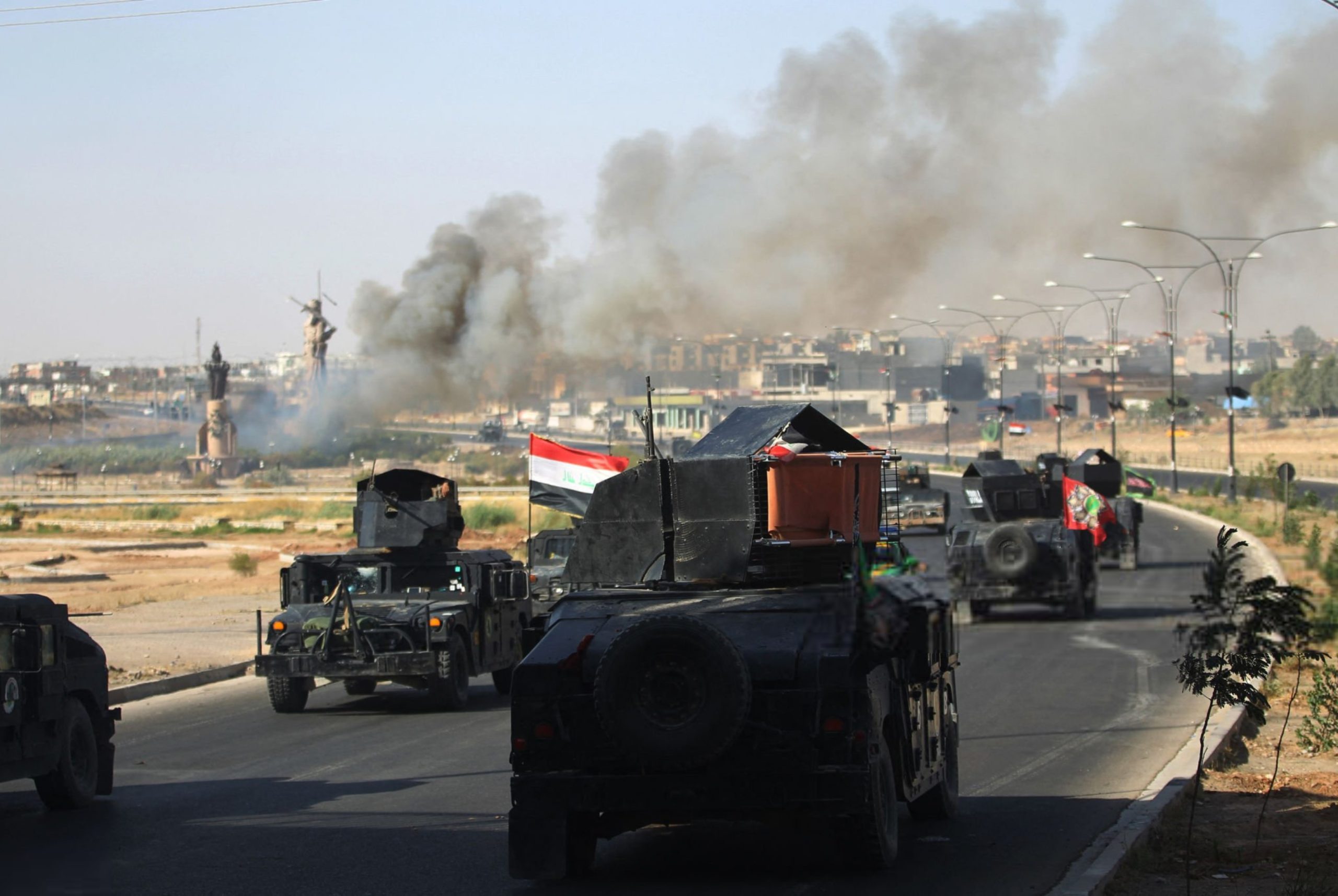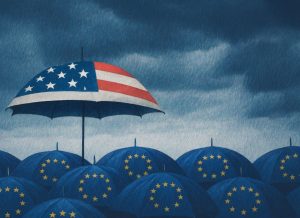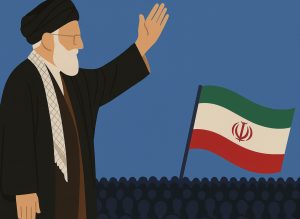To better explain his idea, Haass propounds that the US, to deter China from pursuing an aggressive policy in the South China Sea, should maintain and bolster its military presence in the Asia-Pacific. Foreign policy towards Russia, though, would require military restraint on America’s part in order to avert a situation wherein Article 5 of NATO is triggered owing to Russian insecurity or expansionism. Therefore, the ex-President of the Council on Foreign Relations suggests that NATO membership for Ukraine and Georgia be “put on hold” because “(n)either comes close to meeting NATO requirements, and going ahead would not only further alienate or provoke Russia but would also add military commitments that the United States is not in a position to fulfill.” These considerations, though, the author says, must go hand in hand with diplomatic efforts on matters such as the climate crisis that make Russia, and perhaps more pointedly China, feel like responsible stakeholders in the global system.
Haass also recommends a course of action for the US to adopt in various regions of the world. This includes signing trade pacts and conducting capacity-building operations with Latin American and African states to help them in undermining terrorism and organized crime, holding high-level strategic meetings with the leaders of South Asian countries like India and Pakistan with a view towards easing diplomatic hostilities between the two nuclear-armed neighbors and thereby averting a global security crisis, and protecting energy interests and Israeli security in the Middle East while also making efforts to ‘selectively cooperate’ with Iran and “to discourage the further nuclearization of the region” despite the failure of the Iran Nuclear Deal. With the foreign policy groundwork laid for ‘World Order 2.0,’ Haass finally proceeds to an explanation of its features.
Fundamentally, the new order would be characterized by three amendments to the current system. First, policymaking on issues that are primarily dealt with at the domestic level but have global importance would be predicated on a form of multilateralism based on the idea of ‘sovereign obligation,’ whereby states would be “expected not just to live up to agreed upon behaviors but also (to) make sure that no third party carried out prohibited actions from their territory and that any party discovered to be so doing would be stopped and penalized.” Therefore, Haass writes, “(t)he goal should be to get governments to commit to adopting certain best practices at home in areas that inevitably affect global efforts to deal with common challenges.” Consequently, issues such as global warming and emissions standards, immigration, counterterrorism, and law enforcement would be handled at the domestic level by states within a normative framework that, as a matter of principle, has global support and acceptance. It is important to note that the author does not provide any mechanism for enforcing compliance beyond naming and shaming, which he believes could lead to a reduction in foreign investment and tourism.
Secondly, multilateralism in ‘World Order 2.0,’ besides being dictated by the notion of sovereign obligation, would be based on the formation of “coalitions of the willing.” Such international groups would initially operate informally and involve countries whose participation and mutual cooperation is absolutely mandatory to solve certain global issues. As Haass writes, “what matters is that the bias favors getting things done with those who matter most rather than favoring inclusion for its own sake.” The third and last aspect of the new order would be the active participation of corporations and other major players in today’s polity, such as NGOs, in relevant policymaking, crisis resolution, and capacity-building operations. This would entail, to adduce the example that Haass provides in the book, representatives of states working with pharmaceutical companies, the Gates Foundation, the WHO, Doctors Without Borders, and other NGOs to deal with public health crises. Similarly, meetings for regulating cyberspace and formulating appropriate legislation would be held in the presence of representatives of companies such as Apple, Google, Facebook/Meta, and Microsoft, among others. In many cases, heads of local councils could also be formally included in discussions to tap into their knowledge of relevant localities.
Upon review, the recommendation that ‘World Order 2.0′ be formed emerges as the most salient feature of Haass’ work. While the arguments presented in favor of it would have made compelling reading when the book was originally published in 2017, one can rebut some of the former American diplomat’s ideas with the benefit of hindsight. For example, a restrained foreign policy towards Russia that creates avenues for potential collaboration is no longer viable owing to its invasion and ongoing occupation of Ukraine. As a result of this act of Russian belligerence, Ukraine submitted an official application for NATO membership in 2022, thereby detracting from Haass’ argument. Furthermore, Israel’s response to the October 7 Hamas attack has divided the American body politic on the subject of the nation’s foreign policy. While the Biden administration’s contribution to the Israeli effort since October 7 has been substantial, debates in Congress and the country at large have created a rift within the United States’ political system, with many being uncomfortable with the degree of material support for the IDF’s excesses and flagrant violations of international humanitarian law in Gaza.
